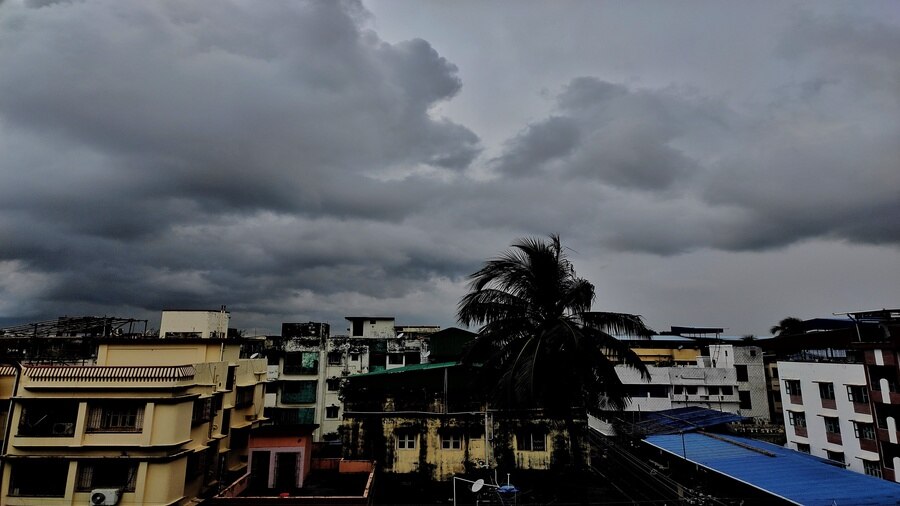Flooding in various neighbourhoods of Kolkata is a routine affair every monsoon.
The Telegraph spoke with engineers and officials of the Kolkata Municipal Corporation (KMC) to find out what measures have been taken to prepare the drainage system for the rains and what more they could have done.
Canal desilting
Civic engineers have repeatedly said that the heavily-silted canals that drain out the city’s rainwater into the rivers is the single largest factor to be blamed for the annual flooding of Kolkata.
There are 26 canals that criss-cross the city and almost all of them have not been desilted in many years.
The desilting of canals has started but they are far from being finished.
“About 25 per cent work would be complete before the rain sets in. Some benefits are likely to be felt,” said a KMC engineer.
But this will not be enough, admitted civic engineers. “The benefits can be fully felt in 2023 by when the entire desilting work is likely to be complete,” the engineer said.
Low-lying areas
Flooded streets in Mukundapur, on the eastern side of the EM Bypass, are common every monsoon. A major change is unlikely this time, too.
“The Tollygunge-Panchannagram canal has been partially dredged. This will give better results than last year,” said a KMC engineer.
The KMC has also started a project to build an underground sewer network for the area. The area is still dependant on surface drains and the water flows into the canal in the natural flow of gravity. The underground sewer network that will connect the area to a drainage pumping station will take at least two more years, KMC engineers said.
Boost for some areas
Civic engineers are pinning hopes on a drainage pumping station that has been commissioned in Kidderpore to ease the waterlogging woes in Alipore Bodyguard Lines and in pockets of Kidderpore.
A senior engineer of the KMC said that they expected that there would be no waterlogging around the hospitals in Alipore — BM Birla Heart Research Centre, Kothari Medical Centre and CMRI.
“We are also anticipating that there will no waterlogging on Diamond Harbour Road, near the Ekbalpore crossing,” said an engineer. Waterlogging on this stretch of the Diamond Harbour Road is common during the monsoon.
The desilted Boat Canal, which runs under the Majerhat bridge, is also likely to boost the drainage of New Alipore, said a KMC engineer.
Better monitoring
KMC engineers are hoping that they would be able to respond faster to any waterlogging this year as reports from sensors fitted in 50 waterlogging-prone pockets of the city can be accessed from the civic headquarters.
“We are upgrading our systems so that we can see the level of waterlogging on the roads. Some of places where sensors have been fitted are Camac Street, Deshapriya Park and CR Avenue,” said a KMC engineer.
Based on the height of water on a street, KMC engineers can take action.
The KMC has cleaned the gully pits to ensure faster flow of water through the sewer network.
